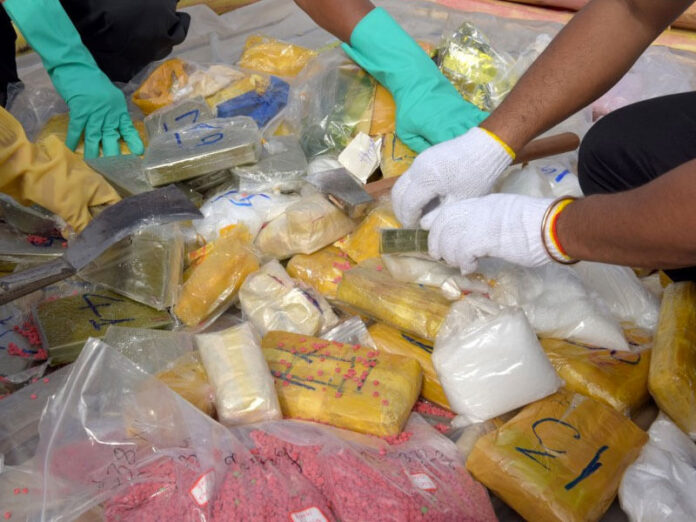TikTok Content Creators Glamorise Cocaine Trade, Study Finds


A new academic study has raised alarm over the role of TikTok in reshaping public perception of the illicit cocaine trade. The research, conducted by Hafsah Hussain of the University of Huddersfield, reveals that content creators on the popular video-sharing platform are glamorising cocaine use and humanising drug traffickers, potentially influencing young audiences and undermining global anti-drug efforts.
Published in Fields: Journal of Huddersfield Student Research, the study analysed 90 TikTok posts and found that many creators use upbeat music, party-themed visuals, and personal storytelling to portray cocaine consumption as fashionable and socially acceptable. In contrast to traditional media’s criminalised portrayal of drug trafficking, TikTok videos often depict pride and enjoyment in participating in the trade.
“Distributors and producers are shown celebrating their roles in the cocaine supply chain,” Hussain writes. “This shifts the narrative from fear and condemnation to admiration and relatability.”
Register for Tekedia Mini-MBA edition 18 (Sep 15 – Dec 6, 2025): registration continues.
Tekedia AI in Business Masterclass opens registrations.
Join Tekedia Capital Syndicate and co-invest in great global startups.
Register for Tekedia AI Lab: From Technical Design to Deployment.
The findings come amid a surge in global cocaine trafficking. According to the United Nations Office on Drugs and Crime, coca cultivation rose by 35% between 2020 and 2021, with Colombia remaining the world’s top producer. The study suggests that social media is now playing a role in sustaining this trade by normalising its presence and obscuring its dangers.
TikTok, which boasts over 1.6 billion users globally, has become a powerful tool for narrative construction. Hussain’s analysis is framed by two sociological theories—social constructivism and moral panic. Social constructivism explains how users form shared realities through digital interaction, while moral panic theory explores how media exaggerates threats to social norms.
“TikTok allows users to construct new realities around cocaine,” Hussain notes. “These realities challenge dominant narratives and can normalise illegal behaviour.”

The study’s qualitative approach allowed for a deeper analysis of the language, visuals and social context of the posts. Hussain found that many videos depicted pride in working within the cocaine trade, with creators celebrating their roles in production and distribution. This contrasts sharply with the criminalised portrayals typically seen in mainstream media.
“Viewers are not responding with panic or fear,” Hussain observes. “Instead, they’re engaging with content that presents the drug trade as ordinary, even admirable.” The research suggests that this shift in tone could have serious implications for public policy and law enforcement, particularly as platforms struggle to enforce guidelines around illegal content.
TikTok’s community standards prohibit drug-related content, but the study found that creators often exploit loopholes and grey areas to share videos that glamorise cocaine. Hussain calls for stricter regulation and more effective monitoring to prevent the spread of such content.

Beyond the cocaine issue, the research touches on broader concerns about social media’s impact on self-image, behaviour, and public discourse. Referencing the Hypodermic Needle theory, Hussain argues that repeated exposure to glamorised drug content can shape attitudes and beliefs, especially among impressionable users.
“Social media algorithms reinforce existing beliefs,” she warns. “If users are constantly exposed to content that normalises drug use, their perception of the cocaine trade may shift dramatically.”
While TikTok is the focus of this study, Hussain recommends further research across other platforms such as Instagram and X (formerly Twitter) to understand the full scope of social media’s influence on drug-related narratives.
The study also highlights the potential for social media to be used positively. Hussain references the role platforms played in raising awareness during the George Floyd protests in 2020, showing that digital media can be a force for social change. However, she cautions that misinformation and sensationalism remain serious risks.
As Nigeria and other nations grapple with the consequences of drug abuse and trafficking, the study’s findings offer a timely reminder of the evolving digital landscape. Hussain urges policymakers, educators, and law enforcement agencies to pay closer attention to the narratives being constructed online.
“The cocaine trade is no longer just a criminal issue,” she concludes. “It’s a cultural phenomenon shaped by likes, shares, and algorithms.”





